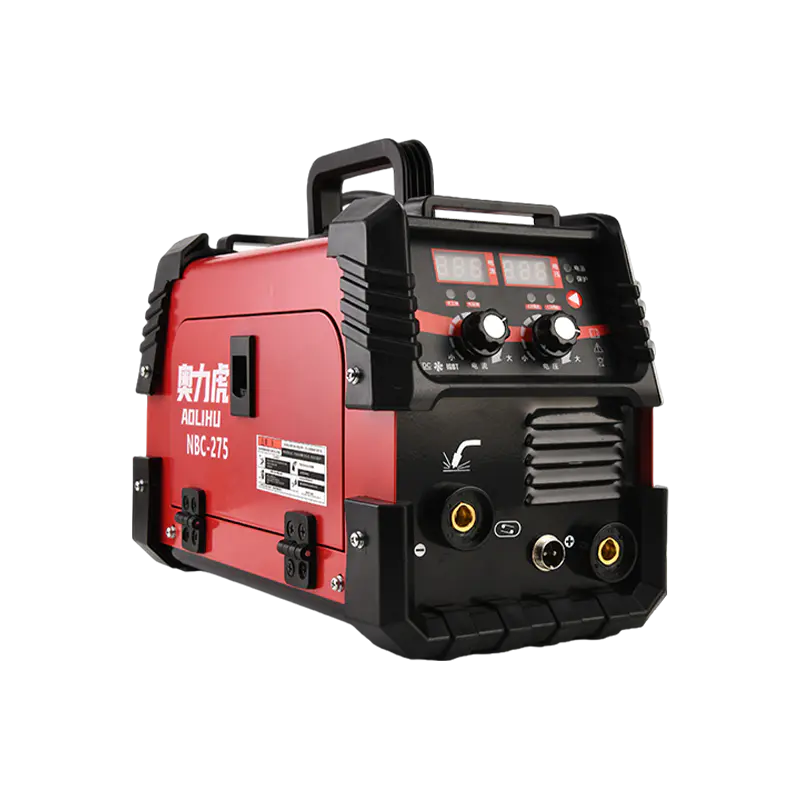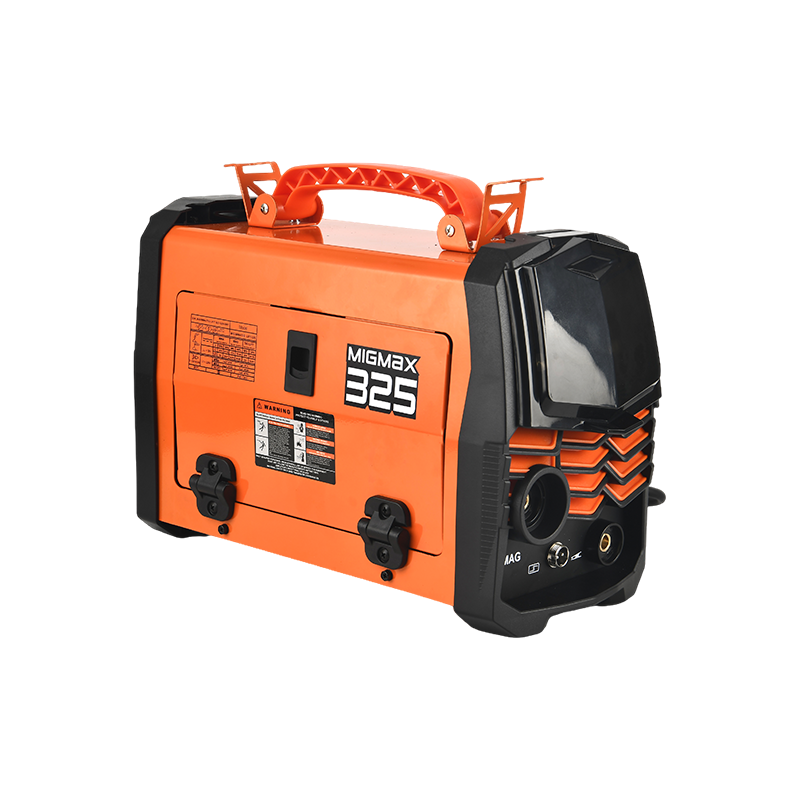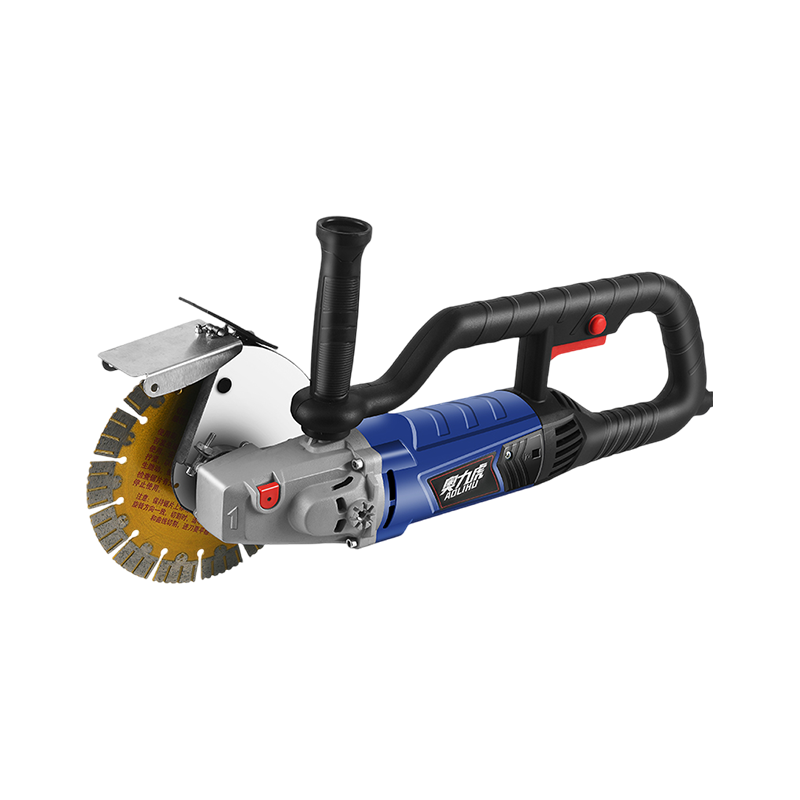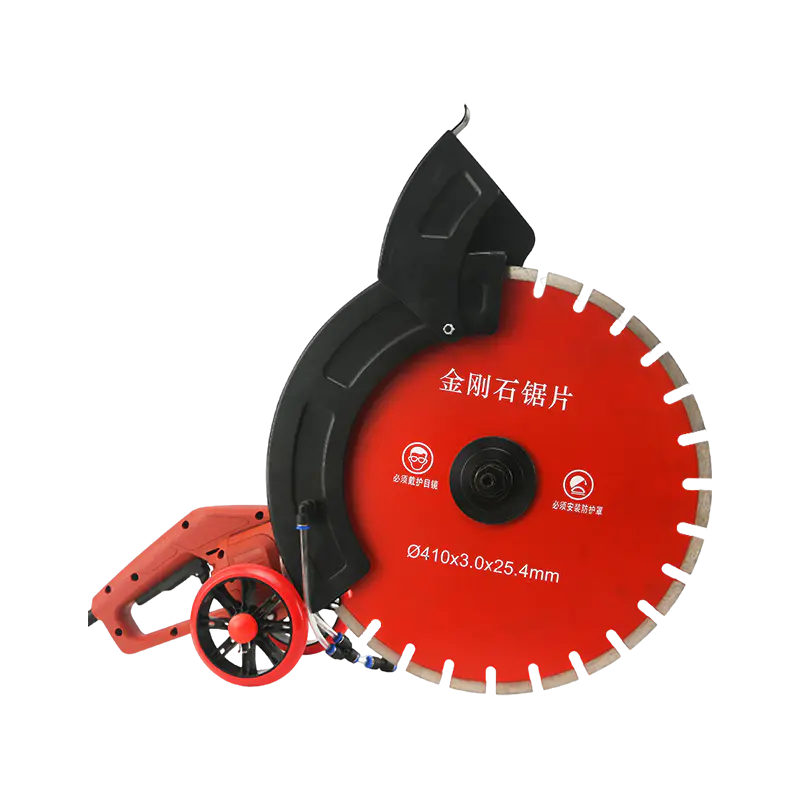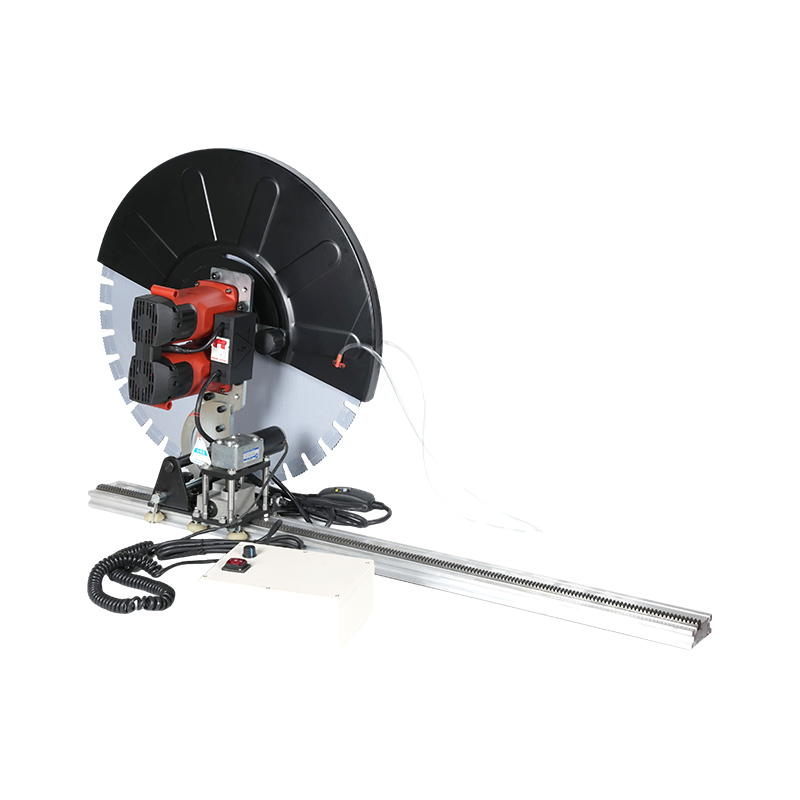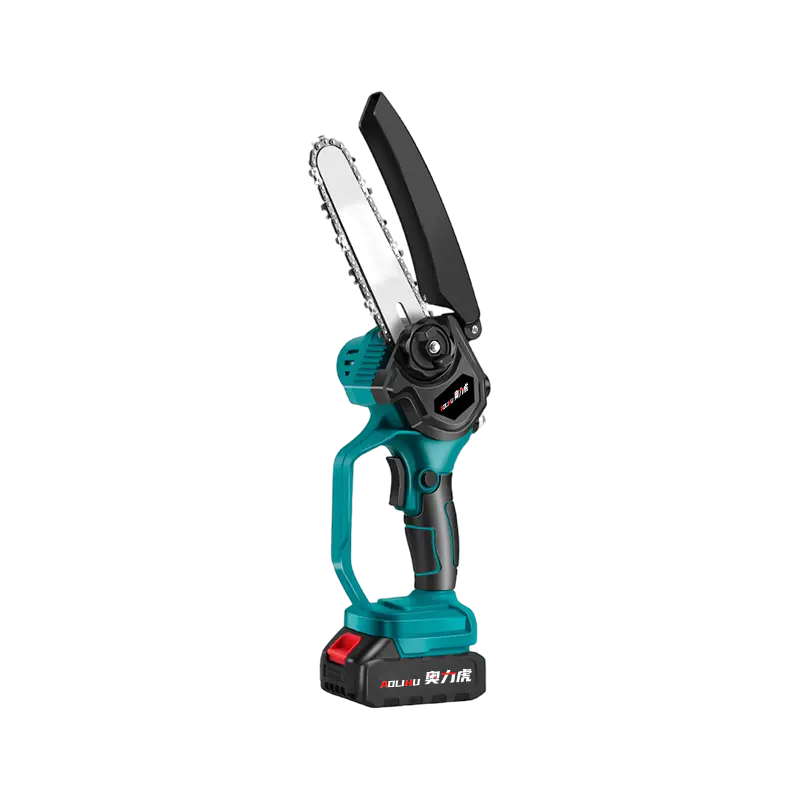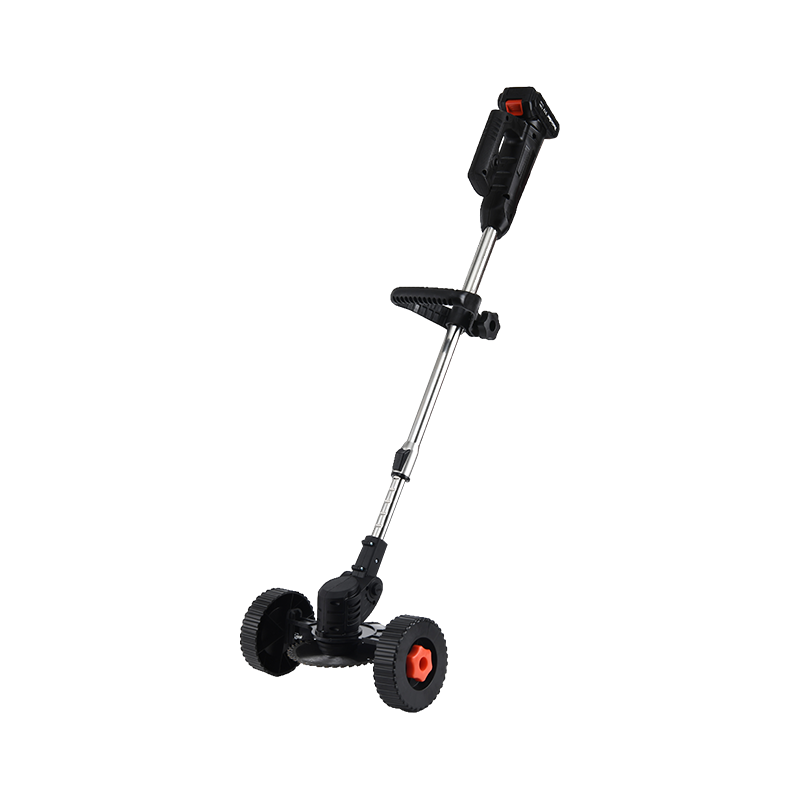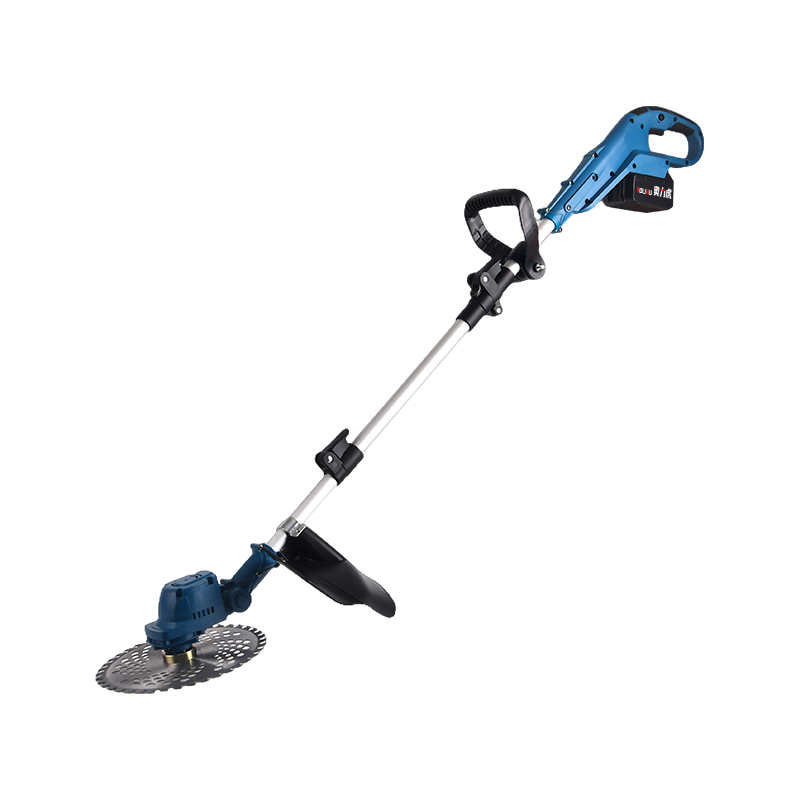A significant shift is occurring across multiple sectors as Labor-Saving Handle technology introduces new paradigms in tool design and user interaction. These specialized components are redefining how professionals and consumers approach manual tasks, creating opportunities for enhanced productivity and reduced physical strain. The emergence of sophisticated Labor-Saving Handle solutions represents an important milestone in ergonomic engineering, bridging the gap between traditional tool functionality and contemporary human factors research.
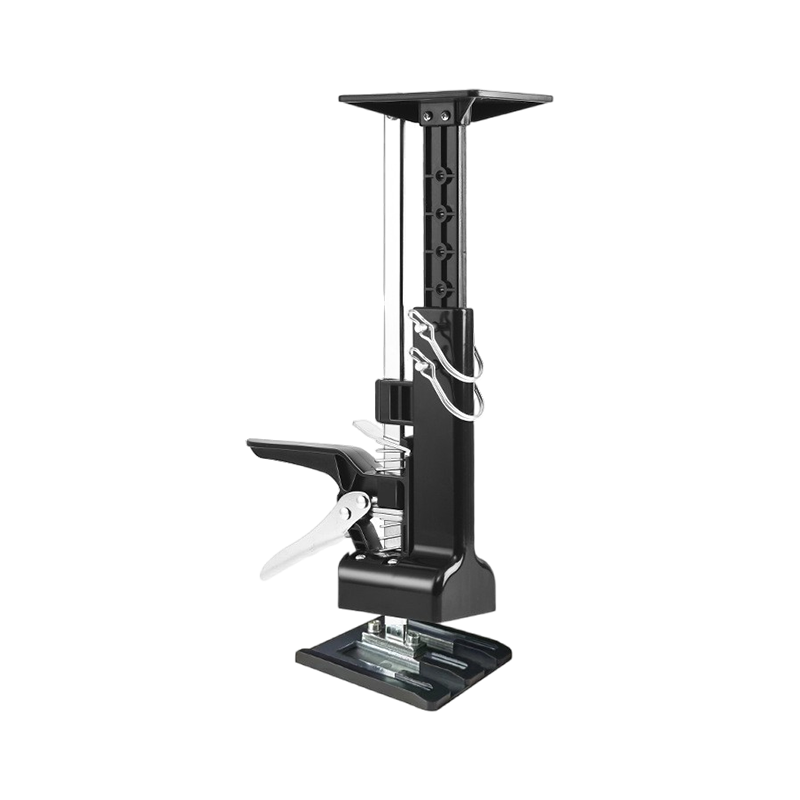
The structural architecture of modern Labor-Saving Handle systems integrates multiple disciplines including biomechanics, materials science, and industrial design. These handles typically employ advanced polymer compounds that offer ideal weight-to-strength ratios while maintaining comfortable surface temperatures during extended use. The geometry of a contemporary Labor-Saving Handle frequently incorporates multiple contact points that distribute operational forces across larger surface areas of the hand. Many implementations of Labor-Saving Handle technology now feature modular designs that accommodate various grip positions and working angles, allowing users to adapt their technique according to specific task requirements.
Implementation of Labor-Saving Handle technology has created meaningful impact across diverse professional fields. Healthcare equipment manufacturers have adopted specialized Labor-Saving Handle designs for surgical instruments and patient mobility aids, where precision and reduced fatigue are particularly important. Landscape and grounds maintenance professionals benefit from Labor-Saving Handle implementations in trimming equipment and digging tools, where repetitive motion management is essential. Food processing and preparation industries have integrated Labor-Saving Handle concepts into cutting implements and processing tools, addressing both hygiene requirements and repetitive stress reduction. The adaptability of Labor-Saving Handle principles allows for customized solutions across these varied operational environments.
Current research and development efforts are focusing on expanding the functional capabilities of Labor-Saving Handle systems through advanced materials and intelligent features. Recent innovations include the incorporation of micro-textured surfaces that enhance grip security without increasing hand pressure requirements. Some advanced Labor-Saving Handle prototypes now integrate capacitive touch sensing that can detect user grip patterns and automatically adjust tool parameters accordingly. Manufacturing advancements have enabled more precise weight distribution within Labor-Saving Handle assemblies, optimizing balance characteristics for specific application scenarios. These technological improvements are creating new possibilities for Labor-Saving Handle performance while addressing previously unmanaged sources of user discomfort.
The validation process for Labor-Saving Handle effectiveness involves comprehensive testing methodologies that measure both physiological and performance metrics. Evaluation protocols for Labor-Saving Handle designs typically include electromyography measurements to quantify muscle activation levels, pressure mapping to assess force distribution patterns, and user preference studies to capture subjective comfort responses. The iterative refinement of Labor-Saving Handle configurations based on this empirical data has led to handles that significantly reduce metacarpophalangeal joint stress and less ulnar deviation during tool operation. These evidence-based approaches to Labor-Saving Handle development ensure that new designs provide measurable benefits in real-world working conditions.
Future directions for Labor-Saving Handle technology point toward increasingly personalized and context-aware solutions. The growing integration of digital interfaces with physical Labor-Saving Handle designs represents another frontier, potentially enabling performance monitoring and technique optimization through embedded sensing technology. These evolving approaches to Labor-Saving Handle innovation suggest a continued trajectory toward more intuitive, responsive, and sustainable handling solutions that will further transform how people interact with tools across domestic, commercial, and industrial environments worldwide.

 English
English русский
русский Français
Français Español
Español